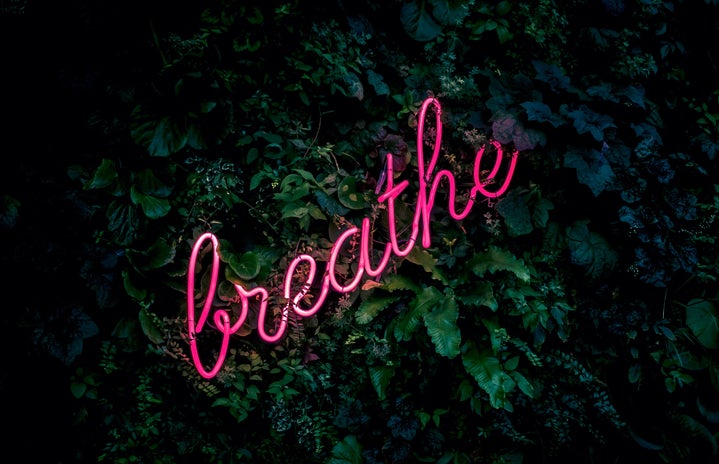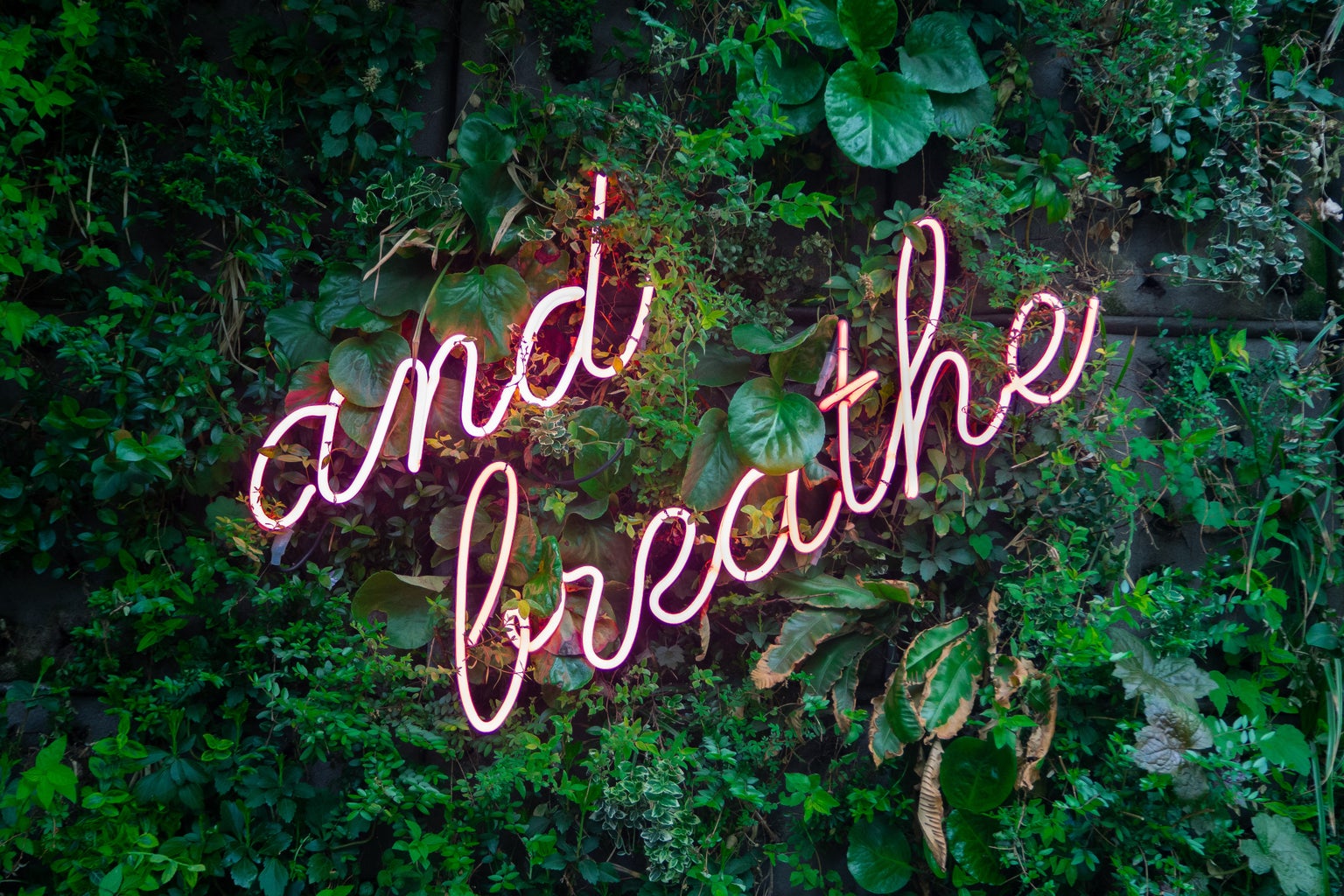“Won’t you stop a take / A little time with me / Just take five” are lyrics from the 1959 jazz song “Take Five” by The Dave Brubeck Quartet. The idea of taking five is a popular one. Perhaps you’ve heard a professor telling your class to “take five” during a particularly long lecture. Maybe your fitness instructor has told you to “take five” to get some water and catch your breath during a strenuous workout. Just like the lyrics suggest, it’s pressing pause on something in your life and taking just a little bit of time to do what you need to do.
I find that taking five usually happens when we are currently in the throes of doing something difficult or busy. We take five when we need the break the most. But I’ve learned that it’s important to take five even when everything seems calm around us. Our minds are busy places; constantly thinking about all of the tasks we need to complete and all of the worries that crop up in our daily lives. The body enters the stress response more than you think and it’s no secret that stress can have very real physical and mental health consequences. How do we combat our stressors? With meditation.
I didn’t realize how transformative meditation could be in my life. After taking a class this semester called UNIVRSTY 197P: PART (Positivity and Relaxation Training), I began to implement daily meditation, which enhances the relaxation response, in my life to counteract the stress responses my body goes through each day.
Meditation can take on many forms. It may conjure up visions of stoic monks, sitting for hours atop of a mountain. You may picture a complicated yoga position. However, meditation doesn’t need to be difficult. It may take practice, but anyone can try it. All it takes is five minutes a day. In the grand scheme of 24 hours in a day, five minutes is virtually nothing!
What are some ways we can effectively take five?
- Set aside time each day using a phone reminder or by writing it in your calendar.
- During times you may be scrolling through TikTok before bed, watching Netflix, or procrastinating on your studies, take five minutes to set down your phone, get into a comfortable position, and close your eyes.
- Focus on one calming word or phrase and repeat it to yourself until you feel it.
- Visualize yourself in your happy place and try your best to feel each sense in your imagination.
- Focus on one sensation such as your breath or the slight hum of a fan.
- Allow your mind to actually rest and be quiet. If worries or ideas pop into your head, just let them fade away.
- Instead of setting a timer, set a stopwatch so you can take as much time as you need to meditate and relax instead of being interrupted by an alarm.
- Stay consistent. By making meditation a part of your daily routine, you will be able to pinpoint the best style for you and feel more long-term results.
Meditation really is easier than you think. You don’t need to sit in a special yoga position, you don’t need to be surrounded by herbal scents, and you don’t even need complete silence. You just need to practice quieting your mind, allowing yourself to relax, and being in tune with your body. Daily meditation has made me more aware of my time management and what I need for my mind and body to be calm. Even with our busy schedules and commitments, I think we can all find time to just take five.
Can’t get enough of HC UMass Amherst? Be sure to follow us on Instagram, listen to us on Spotify, like us on Facebook, and read our latest Tweets!




